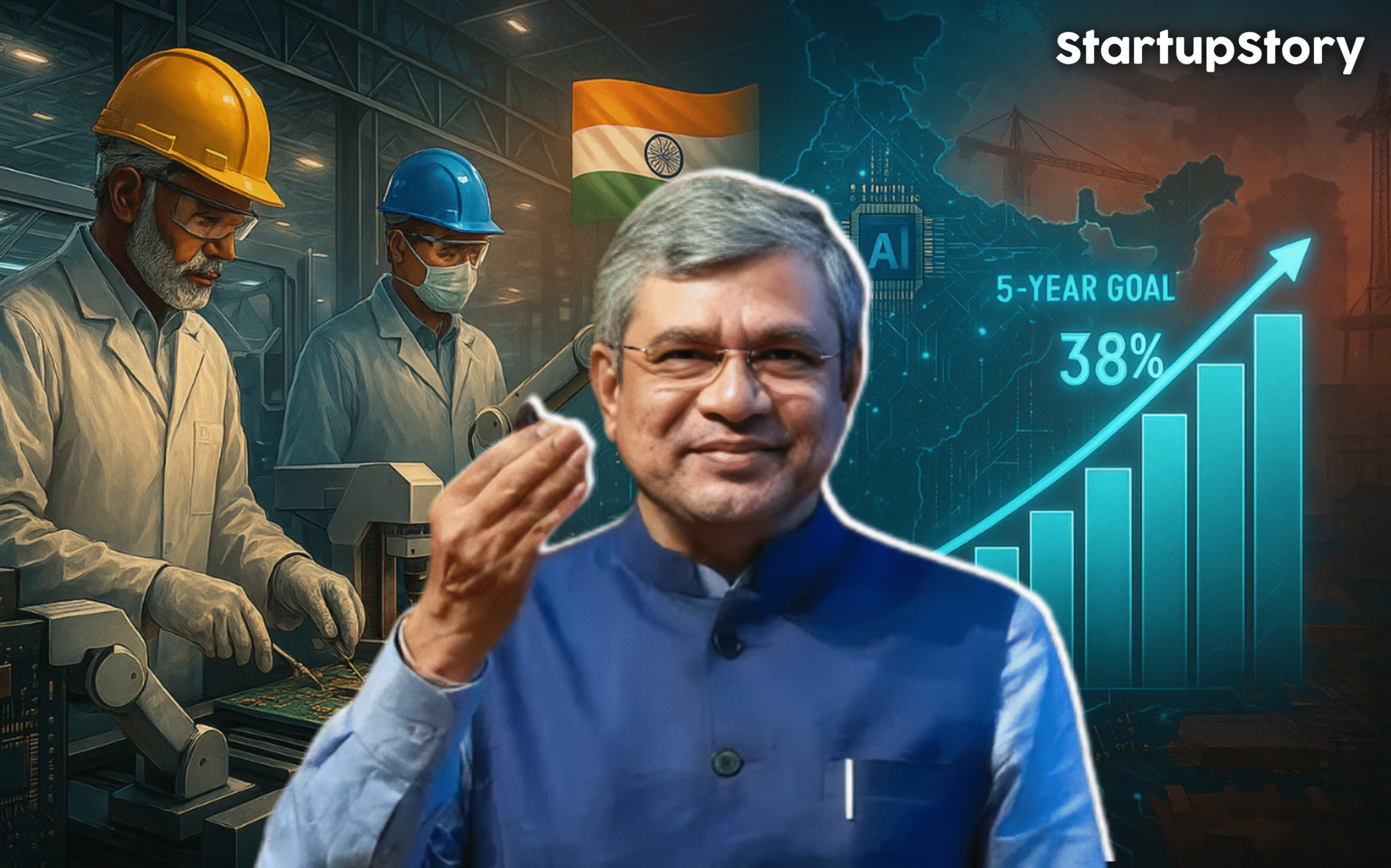
The Unbelievable Story of Akash Bansal’s Lightning Business Trip in China
In an age where most business meetings happen over video calls, one Indian entrepreneur has gone viral for doing the opposite. Akash Bansal, co-founder of the consumer electronics brand Skyvik, recently took a high-speed train journey covering 1,600 kilometers across China – all for a single 3-hour meeting. What stunned people even more? He returned the same evening and slept in his own bed.
Why Not a Zoom Call?
According to Akash, the reason for this intense day trip wasn’t stubbornness or showmanship – it was necessity. The meeting involved sensitive hardware-related discussions that couldn’t be handled effectively online. Despite the era of remote work, some business tasks still demand face-to-face interaction, especially in manufacturing or hardware development.
Instead of compromising on quality or communication, Akash decided to travel from one city to another – 800 kilometers one way – to meet his business contact in person.
The Journey: 800 km One Way, ₹8,000 in Tickets, and Zero Hassle:
Akash boarded a high-speed train early in the morning. The total journey covered 800 kilometers each way, taking approximately 4.5 hours per leg. He spent ₹4,000 on each ticket, totaling ₹8,000 for the round trip. That may sound expensive or exhausting, but what happened next highlighted just how efficient China’s rail system has become.
He reached the station 30 minutes before departure. To his surprise, the gates opened only 10 minutes before the train was scheduled to leave. There were no lines, no delays, and no confusion. He simply scanned his passport to get in – no paper tickets, no manual verification.
A Surprise Upgrade Without Asking:
The most unexpected part of the journey came when a security officer noticed Akash was booked on a slightly later train. Without any request or complaint, the officer scanned his ticket and quickly offered him a spot on an earlier train that was departing in just 10 minutes. The entire interaction was proactive and effortless – a small gesture that saved Akash nearly an hour and showcased just how responsive the Chinese travel system is.
Akash described the experience as “systematic” and “no-nonsense.” Everything from platform navigation to boarding was designed for speed, clarity, and zero friction.
A Productive Meeting, Then Home by Night:
The actual business meeting lasted around three hours. Once it concluded, Akash boarded the return train and reached his original location the same evening. Despite having traveled over 1,600 kilometers in a single day, there was no need for a hotel, flight, or overnight stay. He simply walked back into his home and went to bed – a feat nearly impossible in most countries.
Also Reed :- Google Introduces AI Mode in India for Smarter Search Conversations
The Internet Reacts: “Why Not Just Use Google Meet?”
After he posted about the trip online, many were amused and amazed in equal measure. Some joked that he should’ve just used Google Meet or Zoom instead. Others, however, admired his commitment and China’s transportation system. One commenter praised the “modern infrastructure and efficient systems,” saying it made long distances feel short.
The story sparked debates about work culture, in-person collaboration, and the future of business travel – especially in countries with fast, reliable transport systems.
A Glimpse Into What’s Possible:
Akash Bansal’s journey is not just a story about dedication. It’s a window into what modern infrastructure makes possible. In many countries, traveling 1,600 kilometers for a same-day meeting sounds outrageous or logistically impossible. In China, it’s just another workday – thanks to high-speed trains that are punctual, clean, and designed for convenience.
His experience shows that with the right systems in place, long distances no longer feel like barriers. For entrepreneurs working across supply chains, product design, and physical hardware, this level of mobility opens up new levels of agility and speed.
When Speed Meets Simplicity:
In a time where everyone’s looking for shortcuts and remote solutions, Akash Bansal proved that sometimes showing up in person still matters. But what made his journey extraordinary wasn’t just his commitment – it was the infrastructure that allowed him to pull it off smoothly.
This isn’t just the story of a train ride. It’s a reminder that the right systems – fast, responsive, and human-friendly – can transform how we work, travel, and connect in today’s fast-moving world.
Also Reed :- The Harsh Reality of Luxury Living in Gurgaon: A ₹3 Crore House, and the ₹7.5 Lakh Monthly Cost to ‘Just Breathe’




